Unlike traditional static fixtures, moving lights—also known as intelligent lighting—offer unmatched flexibility, allowing designers to precisely control beam direction, color, intensity, and movement with real-time programming. You can use these lights for:
- Concert lighting
- Theater lighting
- Live event lighting
- Nightclub lighting
- ...
These high-performance LED stage lights are essential tools for creating immersive, responsive environments that elevate audience engagement. As LED technology continues to evolve, moving lights are becoming more energy-efficient, lightweight, and versatile than ever before.
This guide explores everything you need to know about LED moving lights—from fixture types and control protocols to practical setup tips and creative applications.
What Are Moving Lights?
Getting down to the basics of moving lights is the first step to making the best use of it. We will start with their definition, evolution, core components, and practical benefits we can get from modern events, etc.
Definition and Evolution of Moving Lights
Moving lights are motorized fixtures that pan (rotate horizontally) and tilt (move vertically) to direct beams dynamically across stages or venues. It was in the 1970s when the first models, for instance, Genlyte’s ACL, applied the rules of automation to color changing as well as to the directing of basic movement.
The 1980s was the era of the creation of revolutionary devices such as the Intellabeam that not only were capable of doing what the former did but also gained additional precise control through DMX protocols.
The evolution of LED technology in the 2000s provoked the industry to reshape with the introduction of energy-efficient, long-lasting lights with advanced color mixing. Nowadays, they are considered indispensable in the field of concerts, theaters, and events both at home and abroad.
Key Components of Moving Lights
To fully understand how moving lights function and why they are vital in stage lighting, it's important to examine their core components. Each part plays a specific role in delivering the flexibility, precision, and creative potential that moving lights are known for. Below is a breakdown of the essential elements that define a moving light fixture:
- Yoke (Pan and Tilt Mechanism): The motorized arm or bracket that enables the head of the light to move horizontally (pan) and vertically (tilt). This dynamic motion is what allows the light beam to travel across the stage or venue with precision.
- LED Light Source: High-output LEDs are the core of modern moving lights. They offer energy efficiency, long lifespan, and a wide color spectrum without the need for traditional color gels.
- Optics System (Lens and Zoom): This system includes lenses and zoom mechanisms that shape and adjust the beam angle, allowing for both narrow spot effects and wide washes.
- Color Mixing Engine: Either via color wheels or additive color mixing (e.g., RGBW, CMY), this feature lets users change colors instantly, layer effects, or smoothly transition between hues.
- Gobo Wheel(s): Used to project patterns or textures through the beam. Moving lights may feature fixed or rotating gobo wheels for more dynamic effects.
- Shutter and Dimming System: These provide control over light intensity and allow for strobe effects, blackouts, or gradual fades.
- Prism and Frost Filters: Integrated to enhance visual impact, prisms multiply the beam for kaleidoscopic effects, while frost filters help create soft-edge washes.
- DMX or Wireless Control Interface: Enables remote control via lighting consoles using standard protocols (such as DMX512 or Art-Net), allowing for detailed programming and synchronization with other fixtures.
- Cooling System: Built-in fans or heat sinks maintain thermal stability, protecting internal components and ensuring reliable performance during long productions.
Each of these components works in harmony to deliver the advanced performance expected from modern moving lights, making them a versatile and indispensable tool in professional lighting design.
Who Will Use It?
Moving lights are indispensable across a wide range of entertainment and production environments, serving professionals who require precision, adaptability, and creative control in their lighting setups.
From live events to permanent installations, these intelligent fixtures are handled by skilled individuals responsible for designing, operating, and maintaining complex lighting systems. Here are the usages commonly associated with moving lights:
- Lighting Designers: Responsible for conceptualizing and planning the overall lighting scheme for a production or event. They select specific moving light fixtures and program their functions to achieve desired visual effects.
- Lighting Technicians: Hands-on professionals who install, maintain, and troubleshoot lighting equipment, including the setup and calibration of moving lights during rehearsals and performances.
- Production Managers: Oversee the technical aspects of a show or event. They coordinate lighting logistics and ensure that moving lights integrate seamlessly with other production elements.
- Stage Managers: While their focus is broader, stage managers often cue lighting sequences and coordinate with the lighting team to ensure timing and transitions are precise during live events.
- Concert and Tour Lighting Operators: Specialize in live music and touring productions, where moving lights are critical for dynamic, time-synced lighting shows that change from venue to venue.
- Broadcast and Studio Lighting Engineers: Use moving lights in television studios or film sets to adapt to changing scenes, camera angles, and visual requirements on the fly.
- Venue Technicians (Theaters, Arenas, Nightclubs): Operate and maintain in-house lighting systems, utilizing moving lights to support a range of performances, from theatrical productions to dance events.
These professionals rely on the flexibility and performance of moving lights to enhance visual storytelling, maintain consistency, and deliver impactful experiences to audiences worldwide.
Types of Moving Lights for Stage and Events
Understanding the different types of moving lights is essential for selecting the right fixture to match the scale, style, and technical demands of any stage or live event.
- Beam Moving Lights: Emit a narrow, concentrated beam of light—ideal for creating sharp, piercing effects and aerial visuals, especially in concerts and large venues.
- Spot Moving Lights: Offer a focused beam with built-in features like gobos and color wheels for projecting patterns, shapes, and defined edges—commonly used in theaters and live shows.
- Wash Moving Lights: Produce a broad, soft-edged beam for illuminating large areas with uniform color, perfect for mood lighting and backdrops.
- Hybrid Moving Lights: Combine beam, spot, and wash functionalities in a single fixture, offering maximum flexibility for multi-purpose setups and touring productions.
- Pixel or LED Ring Moving Lights: Feature individual LED control or halo effects around the lens, allowing for pixel mapping and dynamic color chases—popular in clubs, TV, and high-energy performances.
- Profile Moving Lights: Similar to spot lights but with framing shutters that allow precise shaping and cutting of the beam—widely used in theatrical and broadcast environments.
Featured Moving Lights
1. Betopper LM0740 Moving Light
The Betopper LM0740 is a powerful and versatile moving head light designed for professionals who demand vibrant color mixing and smooth, precise motion. With seven high-intensity 40W RGBW LEDs, this fixture delivers stunning visual effects, making it an ideal choice for concerts, DJ sets, stage performances, and event venues.

✅Rich RGBW Color Mixing: Equipped with 7×40W 4-in-1 LEDs, the LM0740 produces a wide spectrum of vivid, saturated colors and clean whites with excellent blending.
✅Dynamic Beam Effects: Features motorized zoom (4.5°–45°) and smooth pan/tilt movement, enabling both narrow beam effects and wide-area washes.
✅Ideal for Stage and Club Use: Perfect for medium to large venues, this fixture enhances stage atmospheres with eye-catching effects and reliable performance.
👉Check Now: Betopper LM0740
2. Betopper LM1915R Moving Light
The Betopper LM1915R is an advanced moving head light that combines powerful illumination with innovative design elements. Featuring 19 high-intensity 15W RGBW LEDs and an independently controllable LED halo ring, this fixture offers dynamic and immersive lighting effects suitable for various professional settings.

✅Dynamic LED Halo Ring: Equipped with an independently controllable LED ring around the head, the LM1915R enhances visual effects by adding depth and versatility to lighting displays.
✅Versatile Wash Effects: With a motorized zoom range from 8° to 60°, this fixture allows seamless transitions between tight beams and wide washes, accommodating diverse lighting needs.
✅Ideal for Live Performances and Events: The LM1915R's robust features and dynamic effects make it perfect for concerts, theatrical productions, and other live events where impactful lighting is essential.
👉Check Now: Betopper LM1915R
3. Betopper LB150
The Betopper LB150 is a compact yet powerful moving head light, engineered to deliver sharp, focused beams and versatile lighting effects. Its robust features make it an excellent choice for DJs, stages, clubs, and theaters seeking professional-grade performance.

✅Ultra-Narrow Beam Angle: With a precise 1.72° beam angle, the LB150 projects tight, concentrated beams that enhance visual impact in any lighting setup.
✅Comprehensive Lighting Effects: Equipped with 11 colors plus white, 11 fixed gobos, and a dual-layer prism (6-facet and 12-facet), this fixture offers a wide range of dynamic effects to elevate your lighting design.
✅Ideal for Various Venues: Designed for versatility, the LB150 is suitable for DJs, stages, clubs, and theaters, providing professional performance in diverse settings.
👉Check Now: Betopper LB150
Moving Light Buying Guide
Selecting the right moving light can be a complex task given the wide range of options. This guide outlines key considerations—application, technical specifications, and expert tips—to support an informed and confident purchase.
Brightness
Brightness is a critical specification when selecting a moving light, as it directly influences the fixture’s visibility and impact across different stage environments. Measured in lumens or lux, brightness determines how well the light can cut through ambient lighting, haze, or long distances. A fixture that is too dim may get lost in large venues, while one that is too intense for a small space can overwhelm the atmosphere or audience.
The appropriate brightness level should align with the venue size, ceiling height, and intended use—whether it's highlighting performers, creating effects, or washing the stage.
For outdoor events or large-scale productions, high-output fixtures are essential for achieving clarity and precision. Conversely, indoor or theatrical applications may benefit from fixtures with adjustable brightness and smooth dimming capabilities for refined control.
Beam Angle
Beam angle defines the spread of light emitted from a fixture and plays a significant role in shaping the visual effect on stage. A narrow beam angle produces concentrated, sharp beams ideal for aerial effects, while a wider beam covers more area for washes and ambient lighting.
Choosing the right beam angle depends on the scale of the venue and the specific application. For example, concerts and large events often require narrow beams for impact, whereas theatrical or architectural lighting may benefit from broader coverage.
Color Mixing
Color mixing is a fundamental aspect of creative lighting design, allowing users to craft mood, tone, and atmosphere through dynamic color transitions. High-quality moving lights offer either additive (RGBW, RGBA) or subtractive (CMY) color mixing systems to achieve a broad spectrum of precise hues.
The effectiveness of color mixing impacts both the visual quality and versatility of a fixture. Whether for dramatic theatrical scenes or vibrant concert effects, smooth, accurate color blending ensures consistent and professional lighting results.
DMX Control
DMX control is the industry-standard protocol for operating moving lights, enabling precise coordination of functions such as pan, tilt, color, dimming, and effects. A fixture’s DMX compatibility determines how seamlessly it can be integrated into existing lighting systems and programmed through consoles or software.
The number of DMX channels required per fixture affects programming flexibility and system complexity. For professionals, choosing a moving light with comprehensive DMX capabilities is essential to ensure efficient operation and synchronized performance in complex lighting setups.
Noise Level
Noise level is an important yet often overlooked factor when selecting moving lights, especially for environments where silence is critical. Fixtures with loud cooling fans or motor movement can distract audiences and interfere with the overall experience.
In applications such as theater, broadcast studios, or corporate events, low-noise or silent operation is essential for maintaining professionalism and focus. Choosing a fixture with optimized thermal management and quiet motors ensures smooth performance without compromising sound-sensitive settings.
Weight and Durability
Weight and durability are key considerations, particularly for touring productions, mobile setups, and venues with frequent equipment changes. Lightweight fixtures are easier to transport, rig, and install, reducing setup time and labor requirements.
Durability ensures the moving light can withstand the demands of regular use, transportation, and varying environmental conditions. Robust housing, quality materials, and reliable construction contribute to long-term performance and reduced maintenance costs.
Application-Specific Recommendations
Choosing moving lights based on the intended application ensures performance and efficiency. Large venues and outdoor events typically require high-output fixtures exceeding 5,000 lumens to deliver visible impact across distance and ambient light. In contrast, compact wash or spot lights suit clubs and small stages where space and intensity must be balanced.
Theater productions prioritize high CRI (85+), silent operation, and smooth dimming for accurate color rendering and audience focus. Advanced features like CMY color mixing, framing shutters, and wide zoom ranges enhance flexibility for creative lighting control.
For architectural or fixed installations, long-life LEDs (up to 50,000 hours) and IP-rated fixtures (e.g., IP65) ensure durability and weather resistance. Integration with DMX or Art-Net allows system compatibility, while weight and design influence ease of installation and visual integration.
Power and Connectivity Requirements
Understanding power and connectivity is essential for ensuring safe, efficient operation of moving lights. Fixtures vary in power consumption, with high-output models often requiring 200–800W or more—necessitating proper electrical planning, especially for large setups. Voltage compatibility (e.g., AC 100–240V) is also critical for international use or touring applications.
Connectivity impacts control flexibility and system integration. Standard DMX512 input/output is essential, while features like RDM, Art-Net or sACN provide advanced control options for complex lighting networks. Additionally, powerCON or TRUE1 connectors offer secure, professional-grade power connections for reliable performance in demanding environments.
Final Checklist
- Brightness & Beam Angle: Match output and spread to venue size and effect needs.
- Color & Effects: Ensure smooth color mixing and desired visual features (e.g., gobos, prisms).
- Control Compatibility: Confirm DMX and advanced protocol support (RDM, Art-Net).
- Noise & Durability: Choose quiet, robust fixtures suitable for the environment.
- Size & Power: Consider weight, power draw, and connector type for setup efficiency.
- Application Fit: Align specs with the specific use case—stage, club, theater, or outdoor.
Moving lights are powerful tools that elevate the visual impact of any stage or event. By understanding key specifications and aligning them with your specific application, you can make informed decisions that balance performance, reliability, and creative flexibility. Use this guide as a reference to choose the right fixtures with confidence—whether for concerts, theater, clubs, or installations.
FAQs About Moving Lights
1. How do moving lights in nightclubs and concerts work?
Moving lights use motorized heads to pan (rotate horizontally) and tilt (move vertically), directing beams across a venue. Controlled via DMX protocols, they adjust colors, patterns, and movements in real time, syncing with music or pre-programmed shows for dynamic effects.
2. How do you safely rig moving lights?
Use certified clamps and trusses rated for the fixture’s weight. Ensure power cables and DMX lines are secure, and avoid overloading circuits. Always check the IP rating for outdoor use.
3. What’s the difference between a beam and a gobo?
A beam is the light’s projected path, while a gobo is a stencil inserted into the fixture to project patterns (e.g., logos, textures). Beams define direction; gobos add visual content.
4. What is a moving light in theater?
In theater, moving lights is an intelligent fixture used for dynamic lighting effects, color changes, and repositioning during live performances.
5. What’s the difference between wash-in and wash-out?
Wash-in refers to gradually brightening a scene, while wash-out dims it. Both terms describe lighting transitions, not fixture types.










































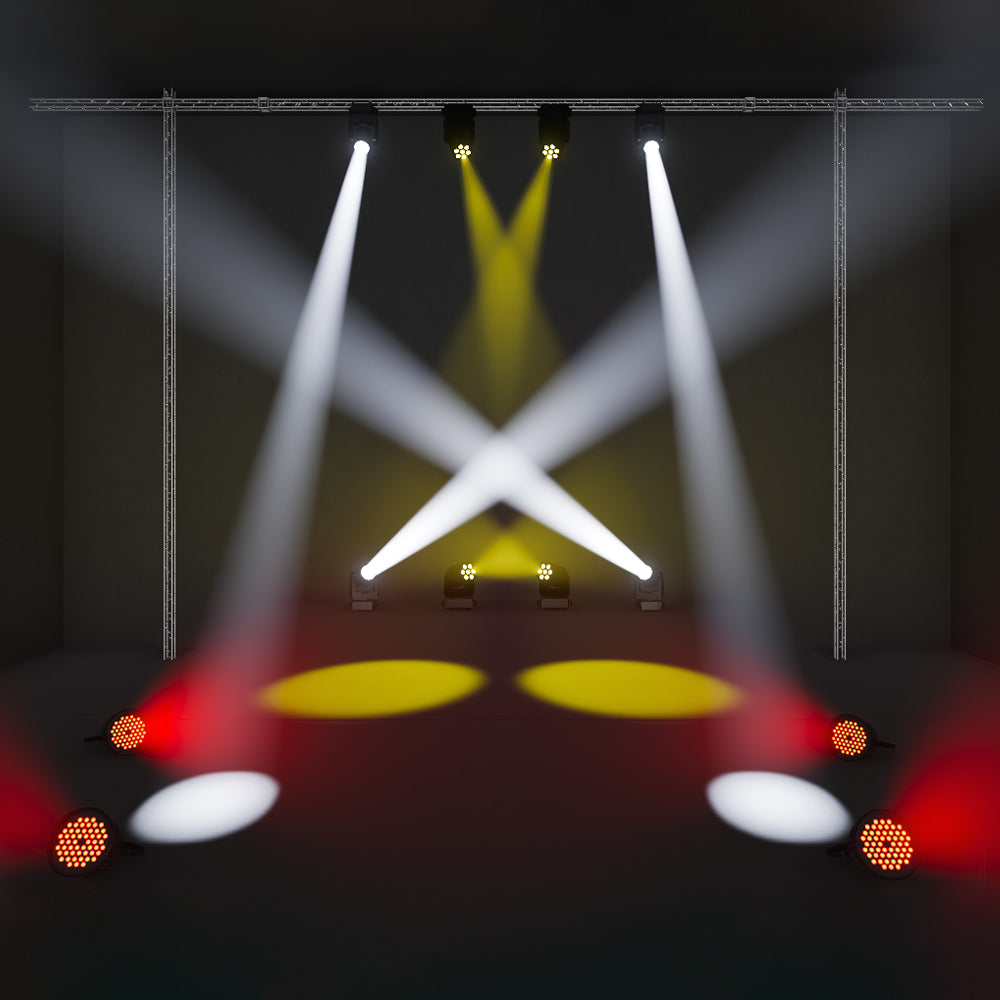

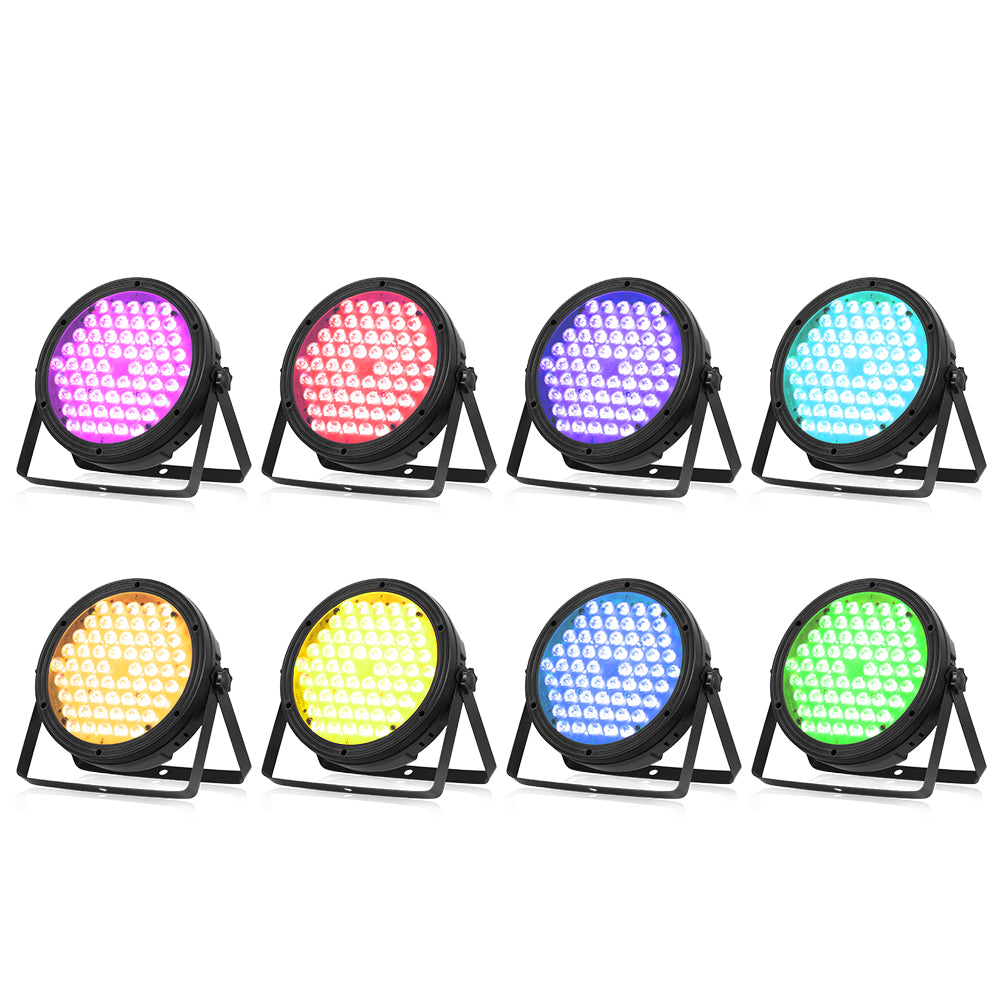

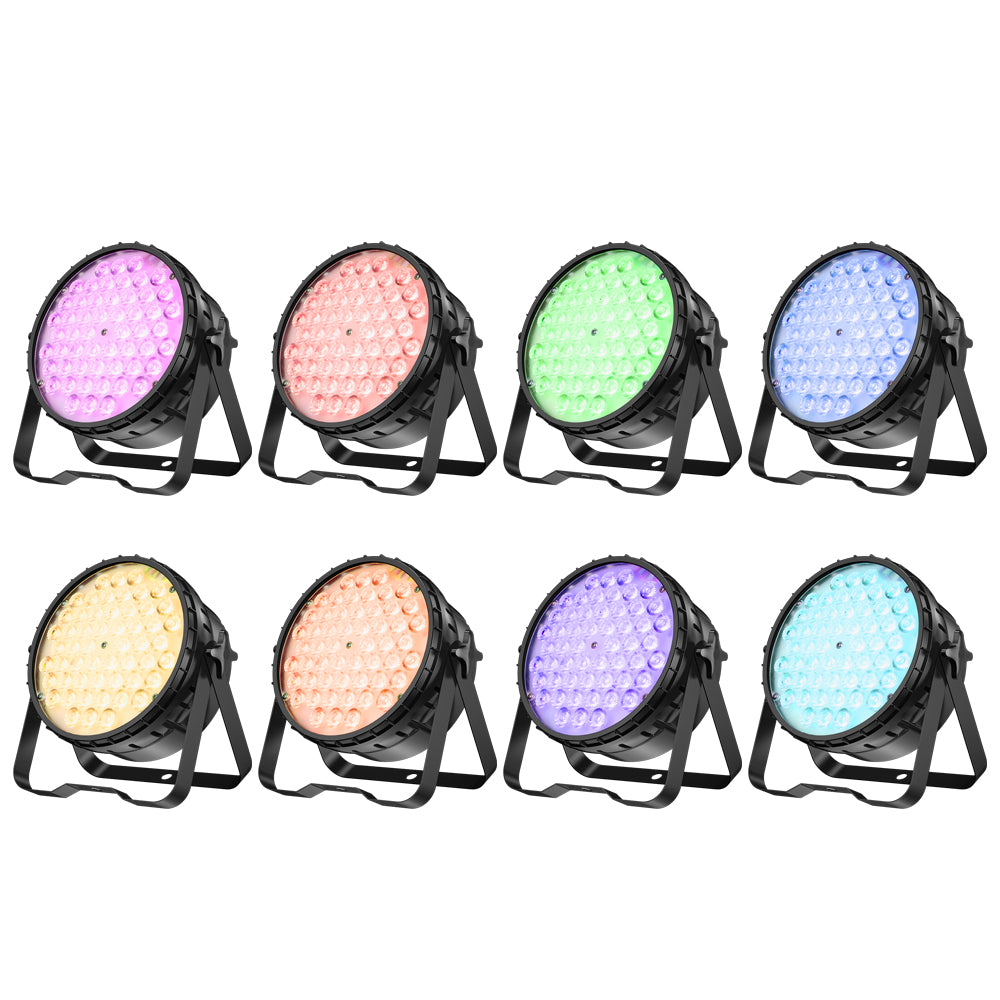

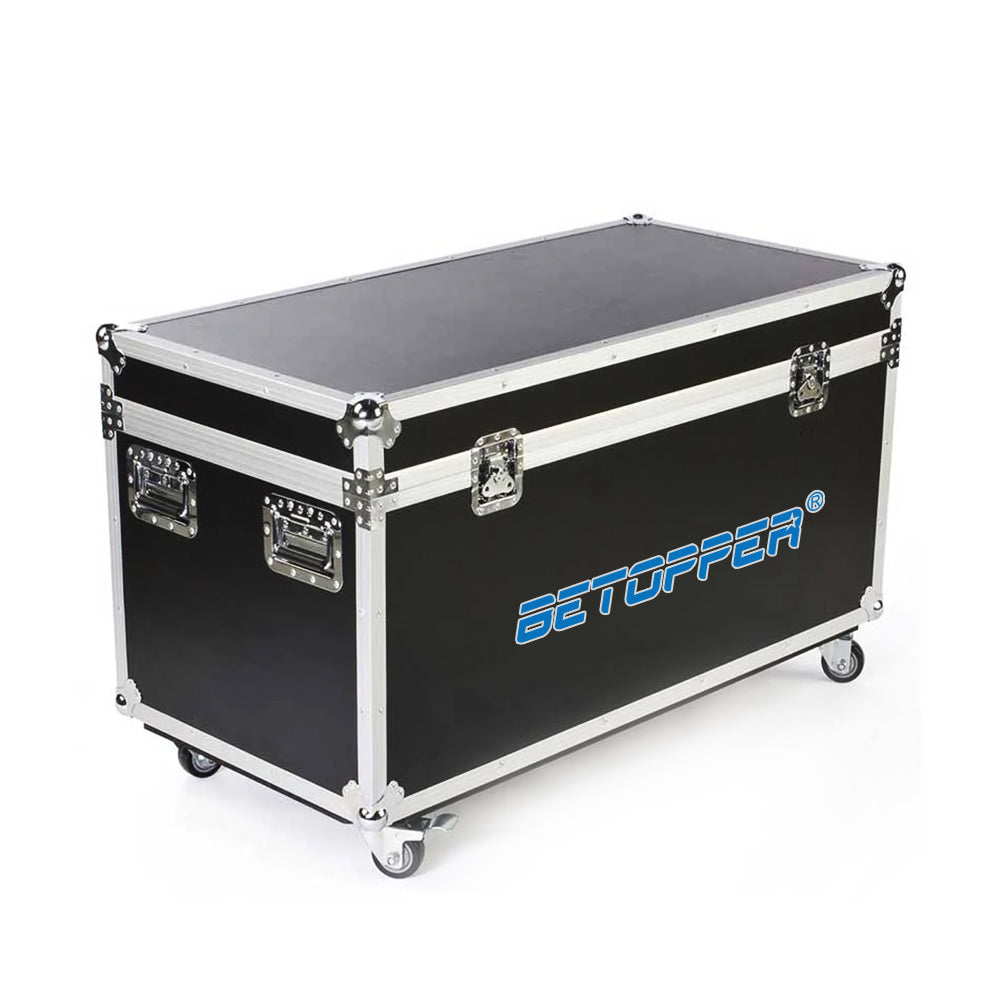
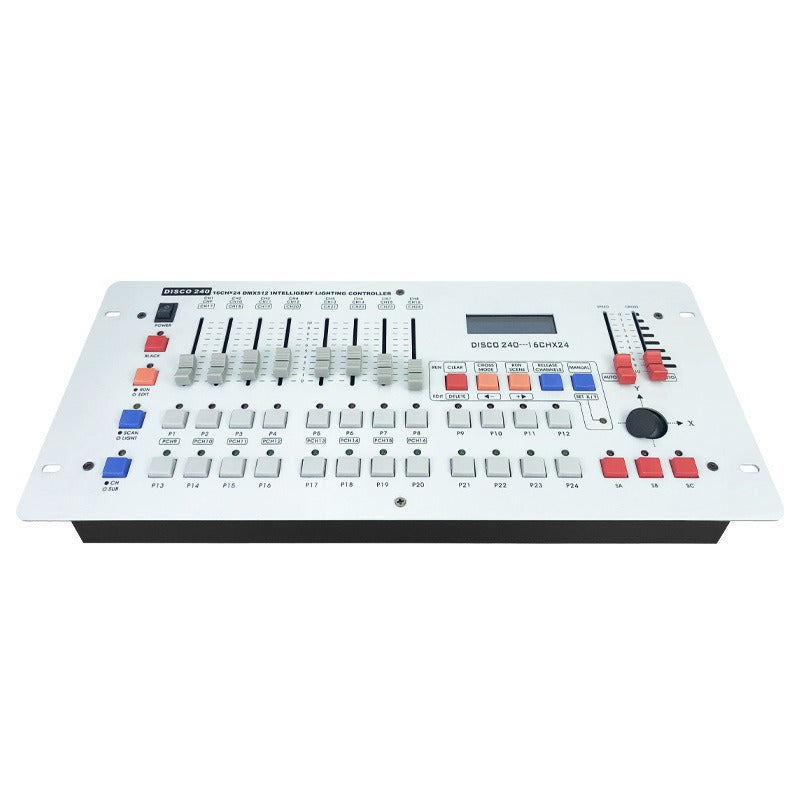
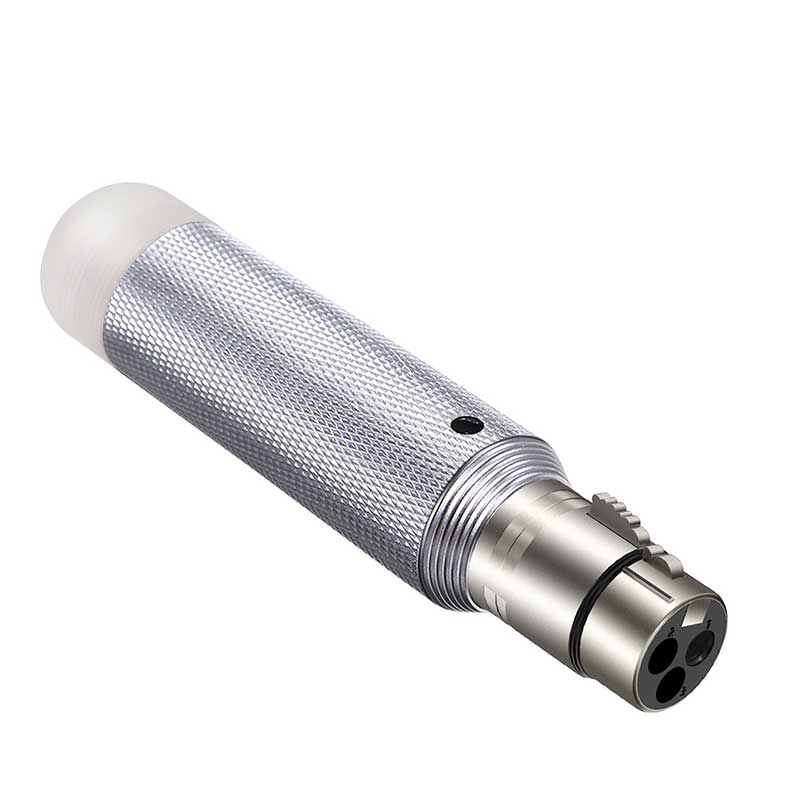
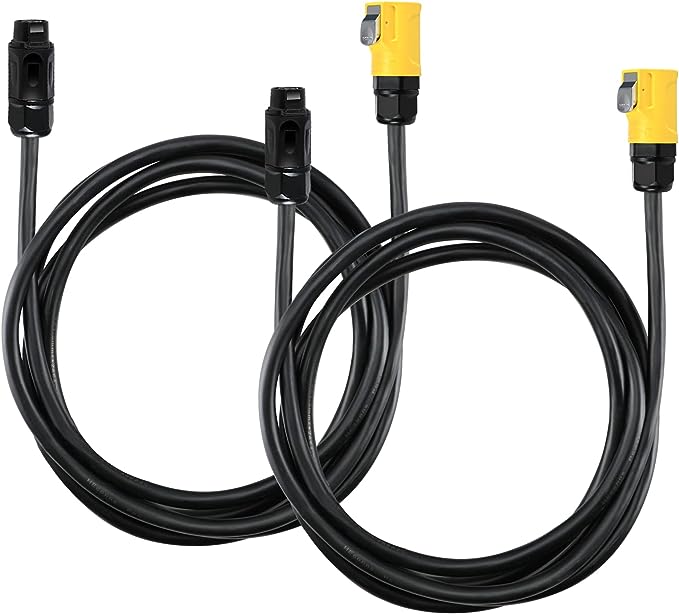
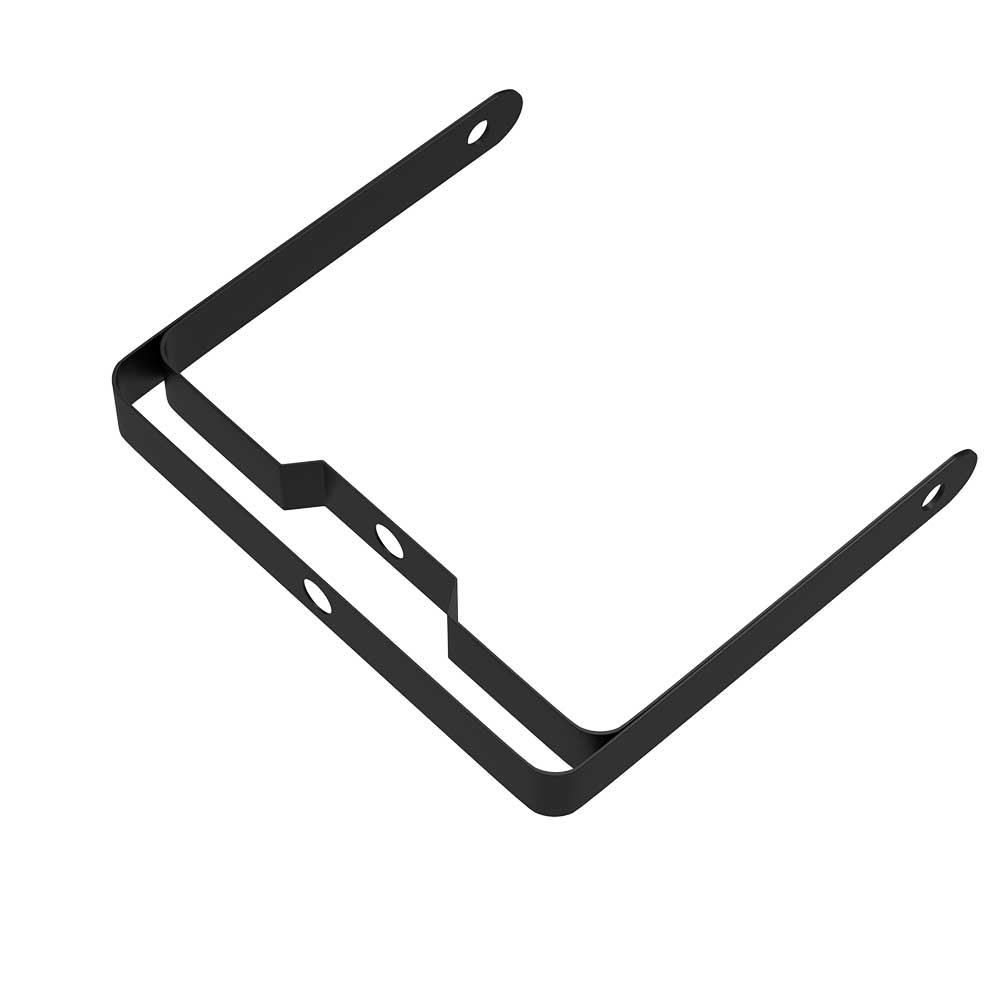
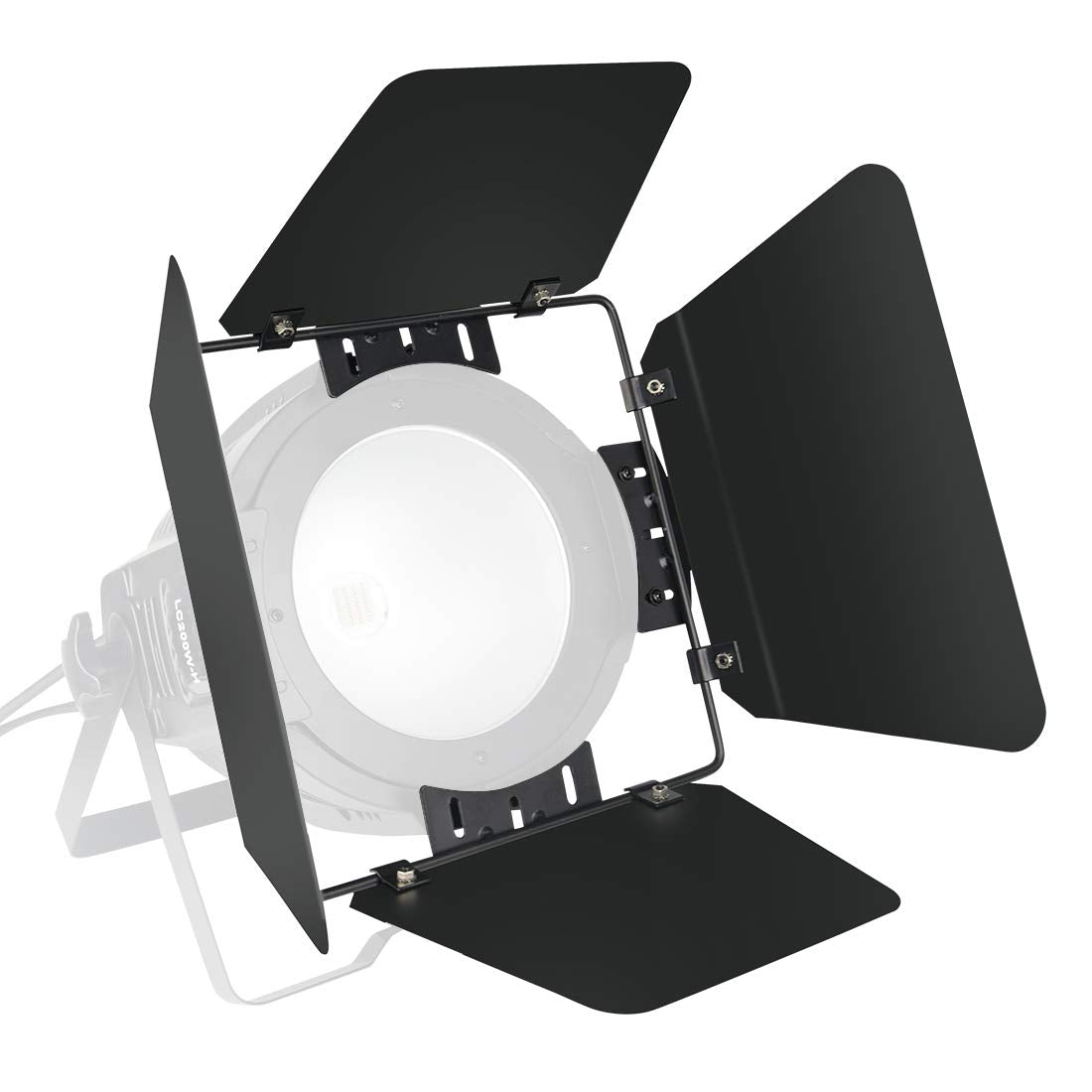
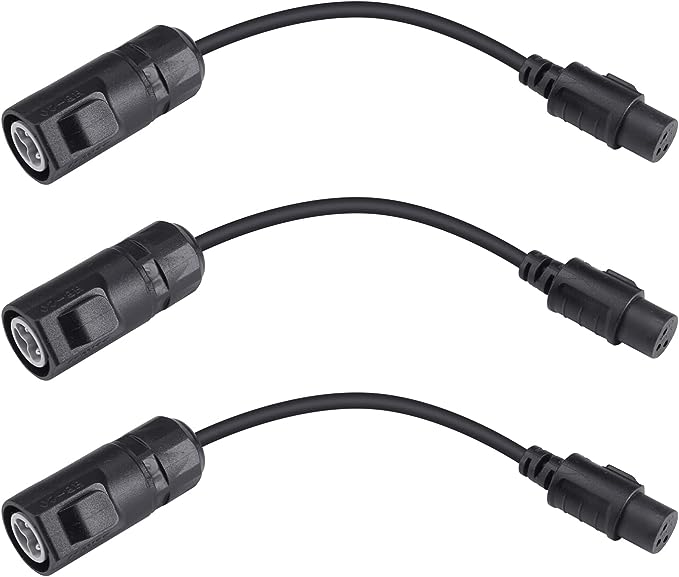
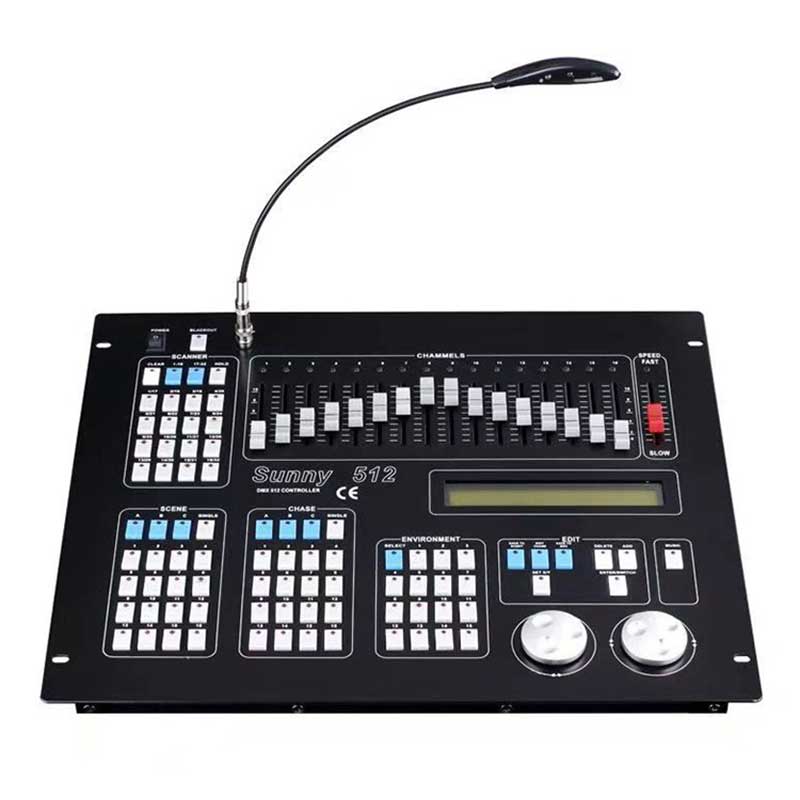
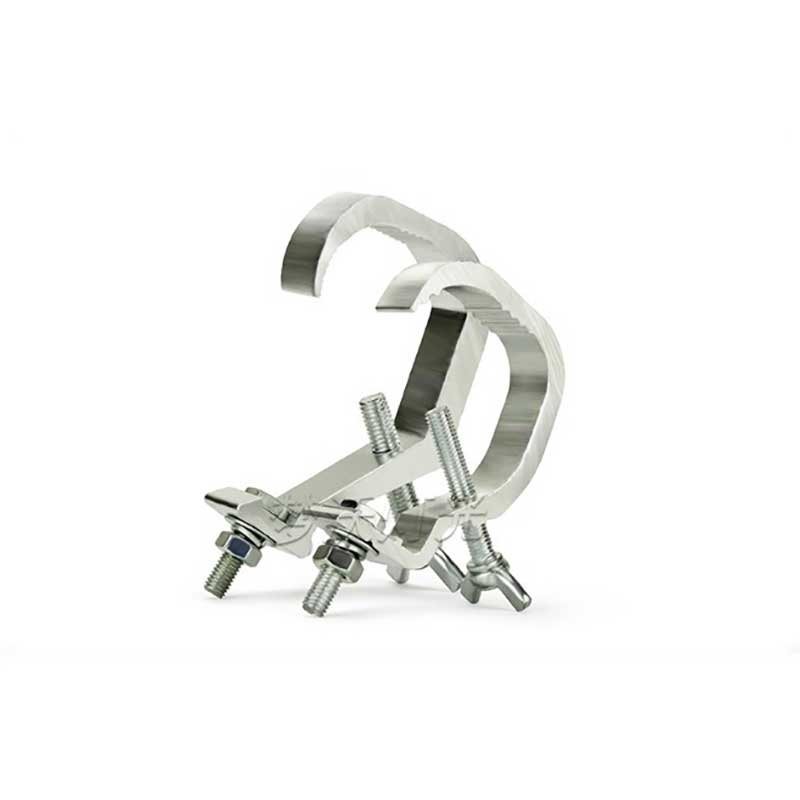
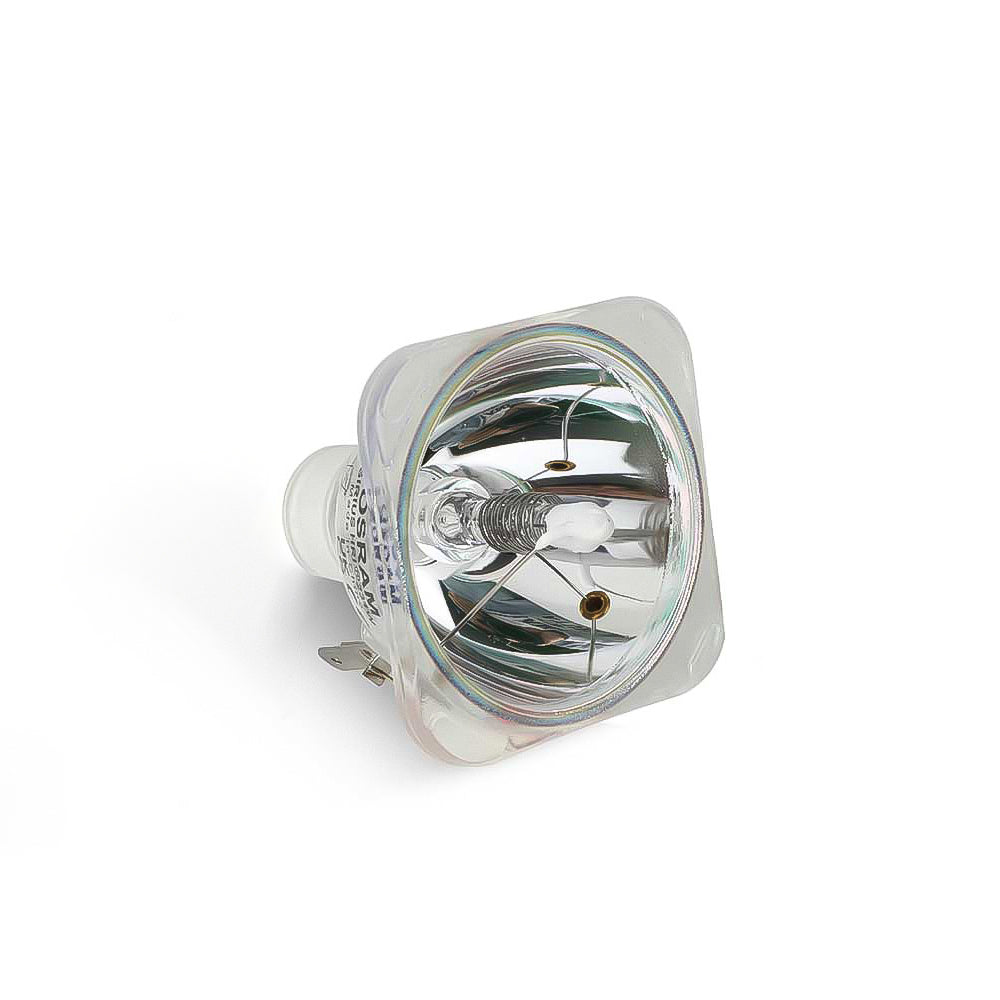
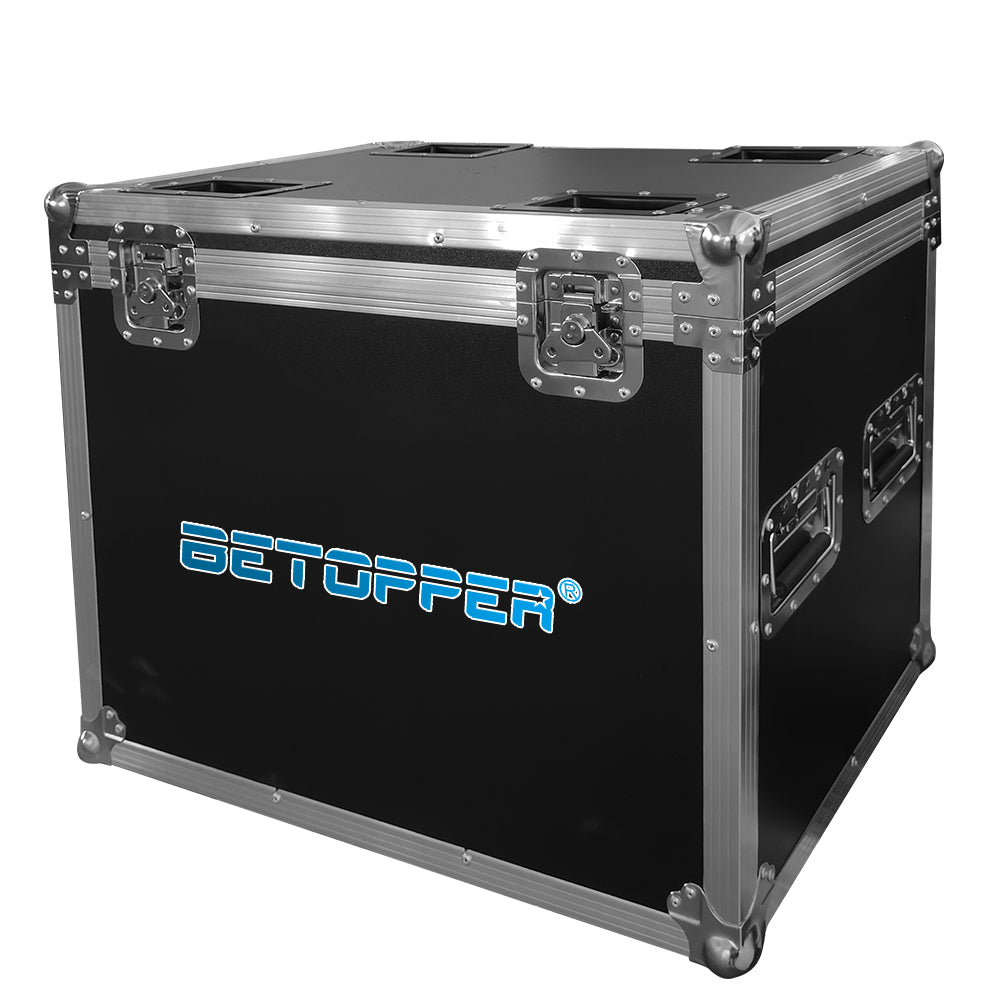

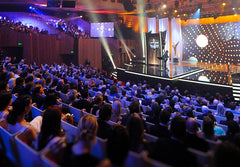
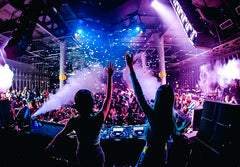



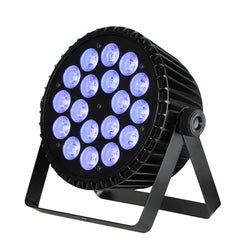
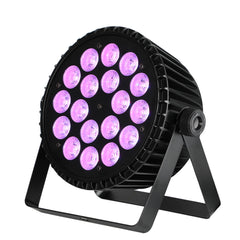
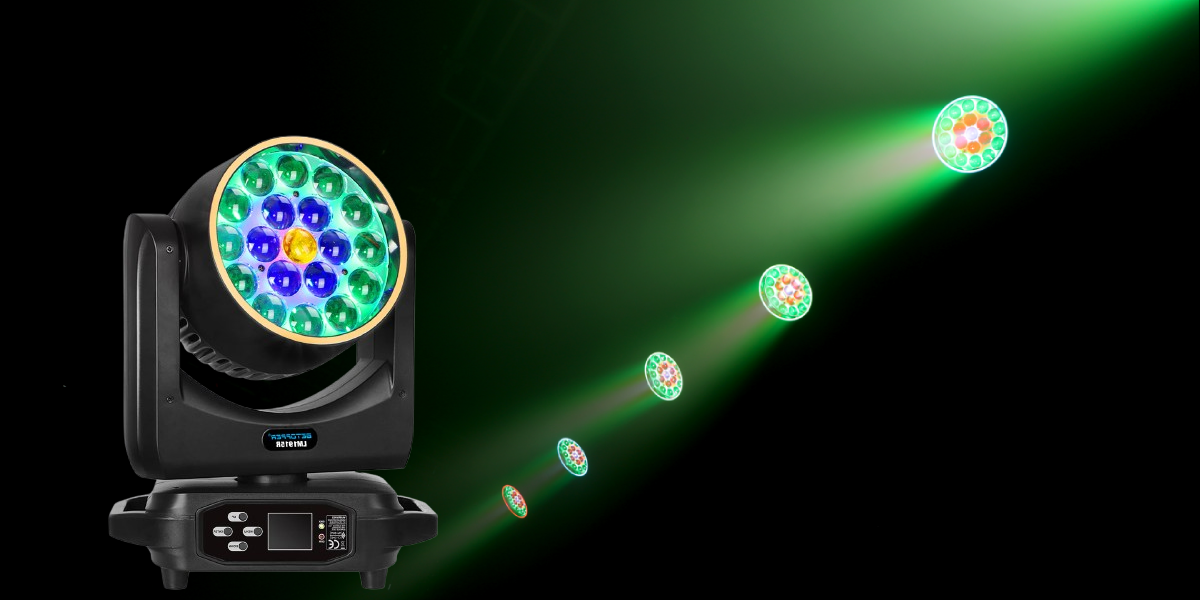

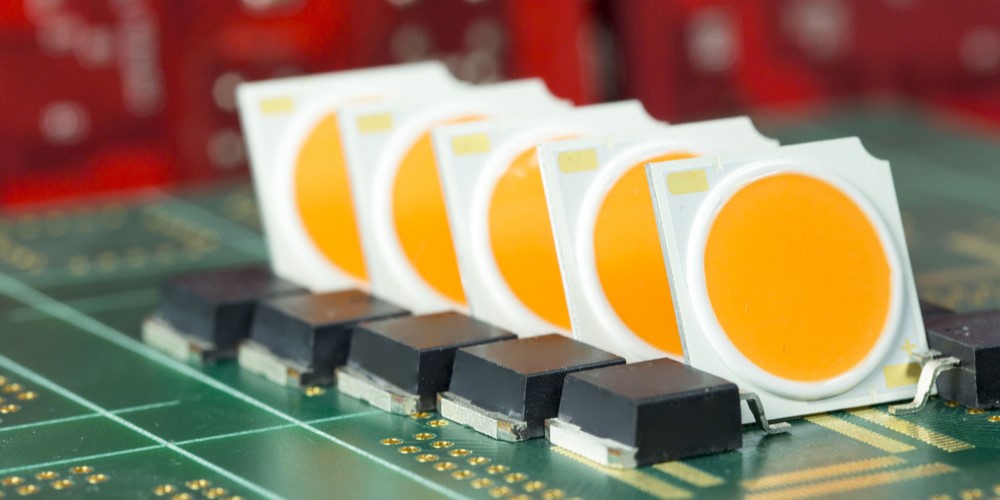
Leave a comment
This site is protected by hCaptcha and the hCaptcha Privacy Policy and Terms of Service apply.